
Courier photographer Bill Brown and reporter Les Peters were eyewitnesses to the unimaginable when Christmas changed forever in Lockerbie.
Bill and Les were among the first on the scene when a jumbo jet from Heathrow to New York was blown out of the night sky on December 21 1988 at 7.02pm.
It was the most horrifying act of mass murder on British soil.
In all, 259 bodies fell within seconds on Lockerbie, strewn across the neighbourhood and nearby fields, in gardens, on pavements and in the roof-space of houses.
A corpse was found wedged down a chimney.
The town itself lost 11 of its residents, particularly in Sherwood Crescent, where the fuselage ploughed into a number of houses, leaving little but a huge crater.
Unwanted memories around every corner ahead of Lockerbie anniversary
Bill and Les found themselves looking back a year when they returned to Lockerbie 35 years ago as the shadow of the first anniversary began to loom.
They both felt they needed to go to convince themselves the town’s scars had healed.
Returning to Lockerbie brought back so much.
Everywhere they looked they saw things that reminded them of the horror which had fallen down on the village that night.
The trauma of that night never left them.
Bill (who has since died) and Les walked those same streets in December 1989.
Christmas presents, belongings and toys in Lockerbie lost property
They documented the return to Lockerbie in a special article.
Bill and Les first visited the specially created lost property office in Lockerbie.
“The most poignant reminders of that terrible December night last year when death rained out of the skies over the tiny Borders town of Lockerbie are to be found, tattered and torn, in a carefully-labelled cardboard box high on a shelf at the back of a converted cabin near the town centre,” wrote Les.
“Christmas presents, each carefully chosen and still wrapped in once-bright festive paper, are among the many items belonging to victims which remain unclaimed almost a year after Pan Am Flight 103 was brought crashing down from 5000ft above the town.
“And while Lockerbie itself shows a commendable determination to return to a normal life, small fragments of the plane and its luggage are still being found, scattered around the countryside, serving as reminders to everyone that the investigators must not rest until those responsible for the outrage are brought to justice.”
Wrapped Christmas presents that the victims intended for their loved ones were the saddest reminder of the tragedy.
There were teddy bears and dolls that should have had loving owners.
The Christmas gifts were sitting with other personal belongings such as pocket calculators, keys, Walkman stereos, and, in particular, footwear.
Debris was still being found in fields around Lockerbie on anniversary
Les spoke to PC George Shankland inside the lost property store room.
“Every day something new is brought in to be recorded,” he said.
“Farmers find things in their fields and walkers stumble across something they think might have come from the plane.”
Almost 85% of around 30 tons of personal property was returned to relatives.
“Everything is checked and every effort is made to return the items to the families of the victims,” said PC Shankland.
“But obviously some things, like the Christmas presents, cannot be tied in with anyone in particular and to be honest it is unlikely that they will ever be claimed but we hold on to them all just in case.”
The lost property office was next to the Lockerbie main incident room.
Bill took photographs inside the room where the major incident computer database linked the town to other investigators in Washington and West Germany.
Three clocks reminded detectives of the time differences.
Les said the computers stored details of more than 16,000 items of property, 14,000 statements, and the names of 12,402 victims, witnesses and suspects.
People involved in this incident came from 21 different nations.
At that stage the investigation had cost £8m.
It was far from over.
Returning to Sherwood Crescent in 1989
The red, eerie glow in Sherwood Crescent was a lasting memory for Bill and Les.
When the plane’s wreckage plummeted to earth at Lockerbie, 11 people going about their everyday lives in their homes were added to the death toll.
How did it look when Bill and Les returned?
Rebuilding work was well advanced and the area had been extensively landscaped.
Les spoke to one Sherwood Crescent resident.
“The friends and neighbours we lost will never be forgotten but we will be glad to see the building work completed and homes back on the site,” she said.
“Looking out over that terrible crater was a daily reminder of what happened and until that scar is gone completely we will not rest easy.”
However, one sign that the people were coming to terms with what happened was the return of Christmas lights in the windows of homes around the town.
Christmas trees were also in demand.
Bill and Les visited Dryfesdale Cemetery.
A commemorative memorial with the names of all 270 victims was being finished.
The ages ranged from two months to 82 from 21 countries.
They also passed individual memorials in the garden.
Bill and Les collected their thoughts.
The nose cone and cockpit of the plane landed in a field at Tundergarth.
The jet’s name, Clipper Maid of the Seas, could still be read on its right side.
In the grounds of the adjacent Tundergarth Church, the former session house had been converted into a memorial room holding the book of remembrance.
Bill and Les found light at Christmas 1989 ahead of anniversary
The local police, with skilled assistance from outside, managed to re-assemble much of the plane in a huge warehouse.
Intense forensic work on scraps of wreckage and baggage eventually traced the bomb to a Toshiba cassette player with a special timer.
It was wrapped inside certain items of clothing in a brown suitcase, which had started its journey in Malta and had transferred to Pan Am 103 at Frankfurt.
While the criminal inquiry was continuing, Bill and Les said the people of Lockerbie in December 1989 were determined not to let another Christmas be spoiled too.
“My two children. Margaret (seven) and six-year-old Jimmy, were not allowed outside our door for a whole week after the plane came down,” said Mrs Mary Beattie at her cottage just yards from where the cockpit was found.
“Quite simply we did not want them to see the horrors of what was all around us.
“This year we have to make that up to them by giving them the Christmas of their lives.”
Libyan Abu Agila Masud to go on trial in US
The only person convicted of the Lockerbie bombing, former Libyan intelligence officer Abdelbaset al Megrahi, died in 2012 after release from HMP Greenock on compassionate grounds.
Lockerbie has rarely been out for the world’s headlines since Bill Brown and Les Peters were met with a vision of “hell on earth” on arrival in December 1988.
And this remains the case to this day.
Libyan Abu Agila Masud is alleged to have helped make the bomb.
He is to go on trial in the US in May 2025 facing three charges, which he denies.
At a federal court in Washington, the indelible images of Pan Am 103 will be on display once more.
The word Lockerbie will be spoken in sombre tones.
The quest for answers for the families of the victims goes on, as does their pain.









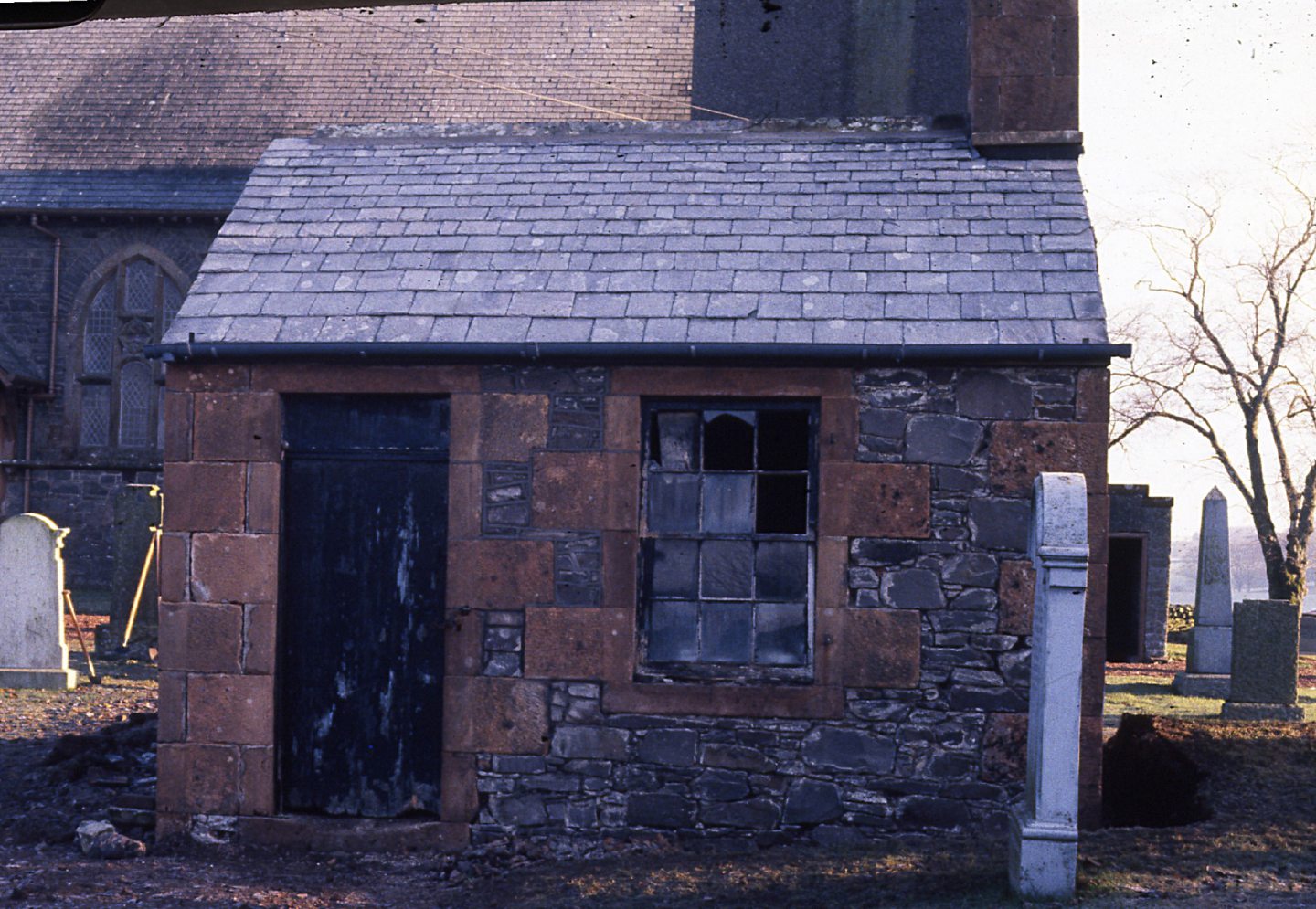
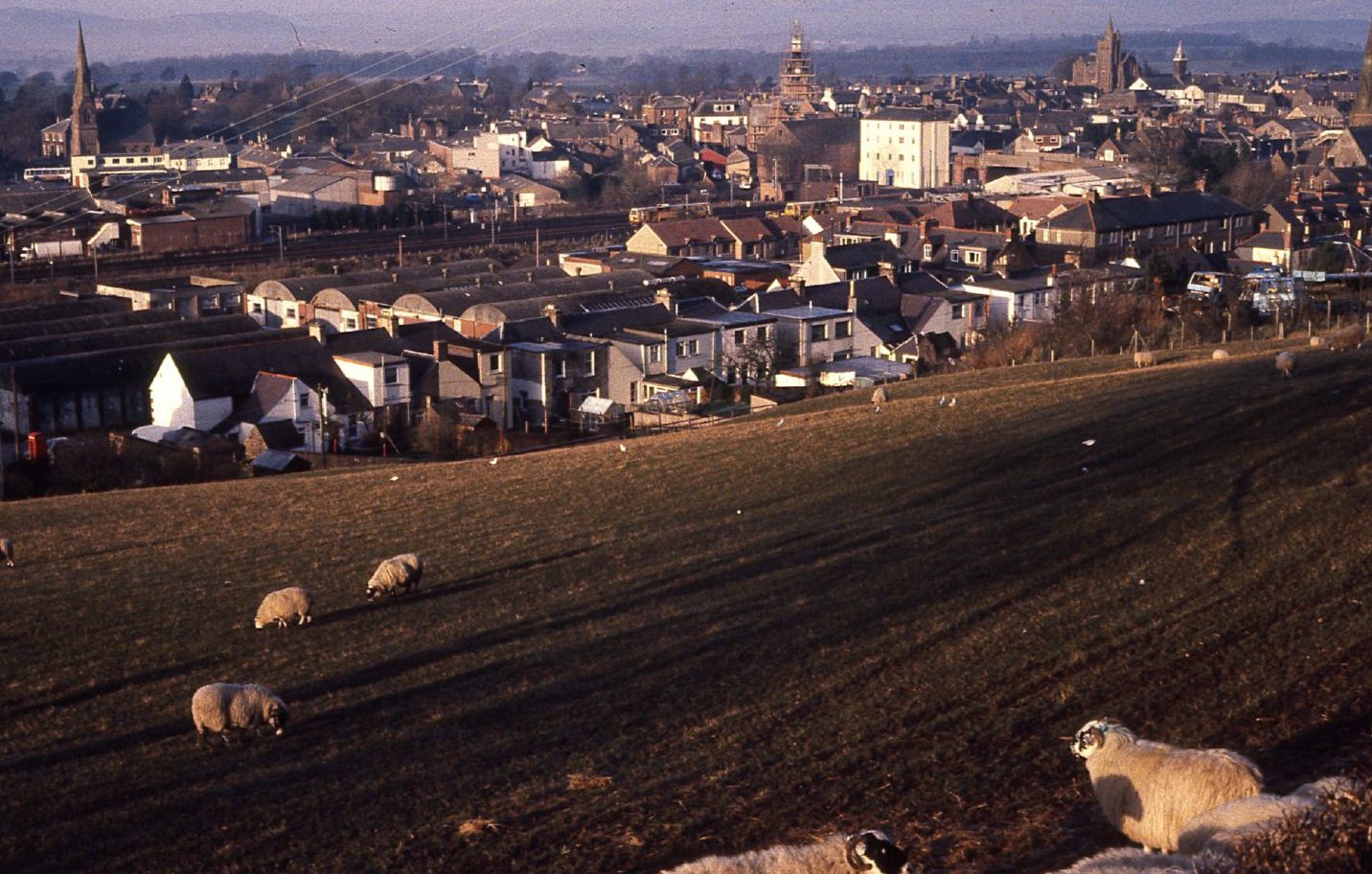
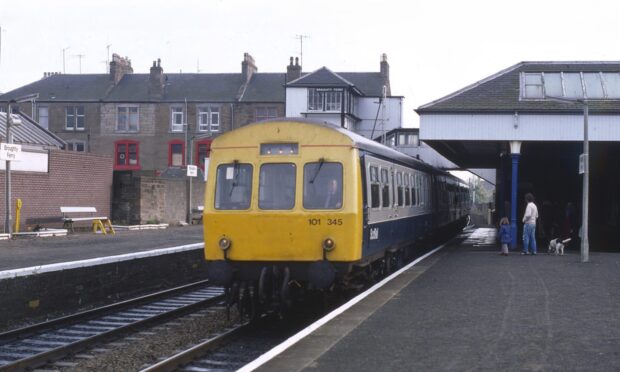
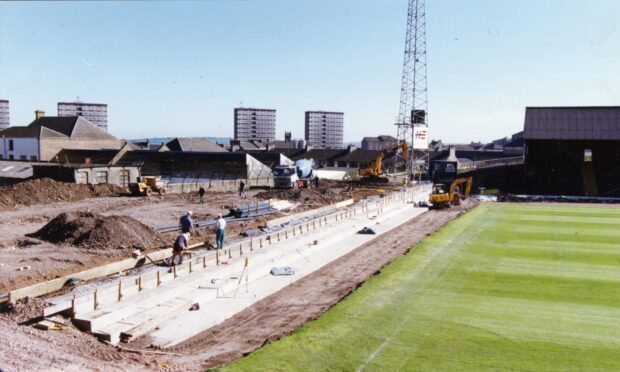
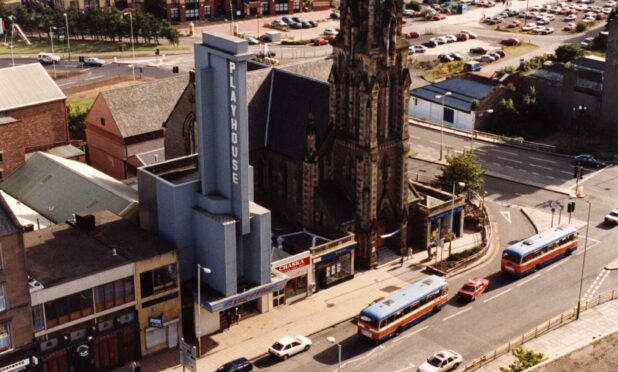
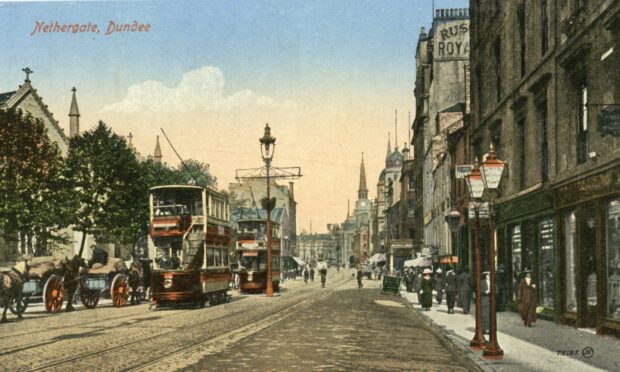
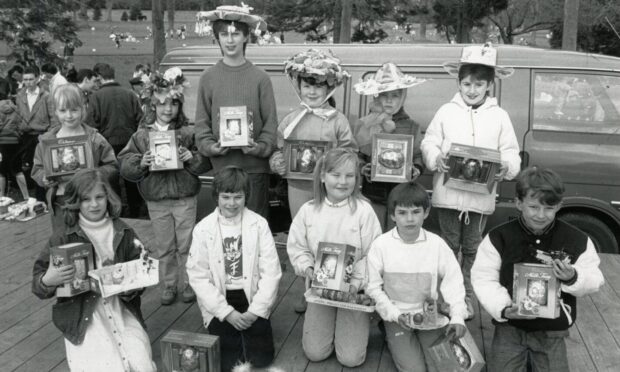
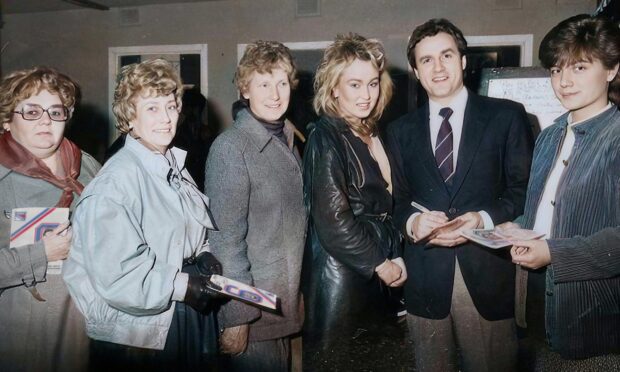
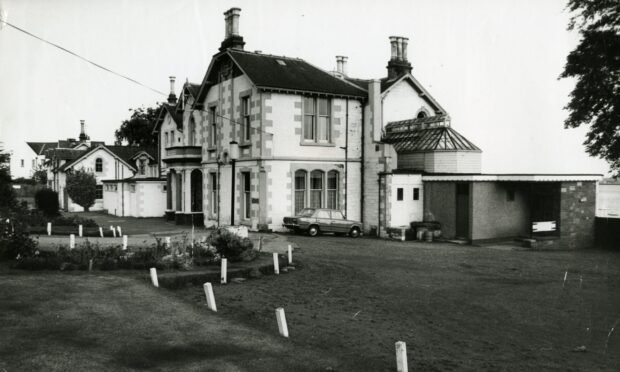
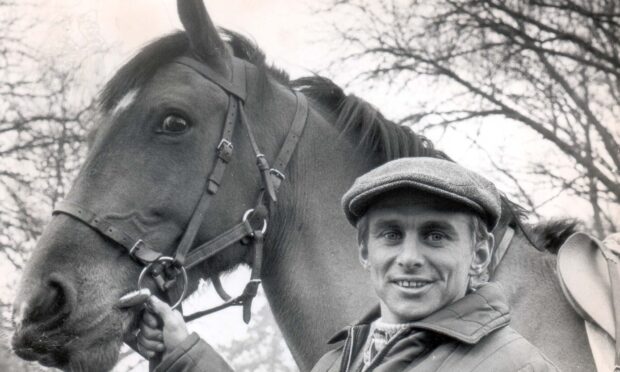
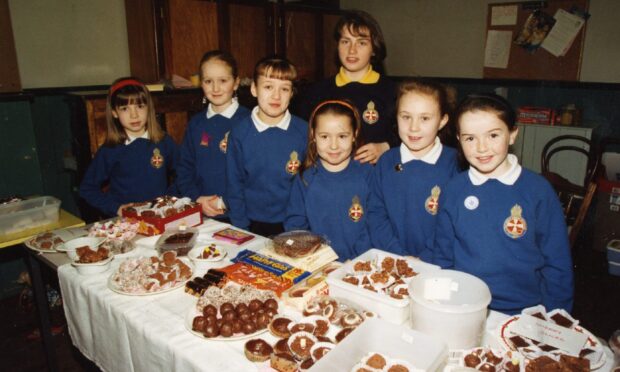
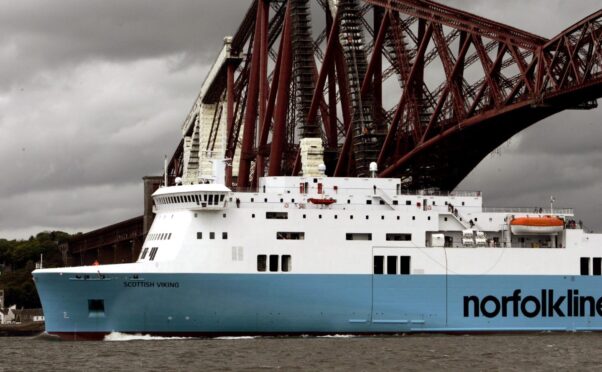
Conversation